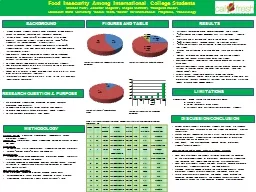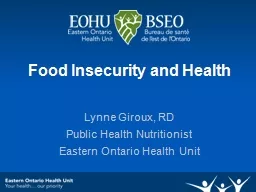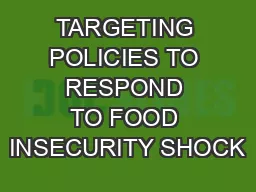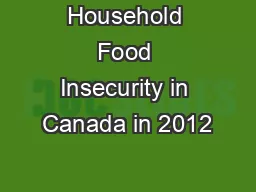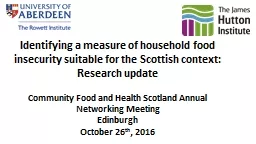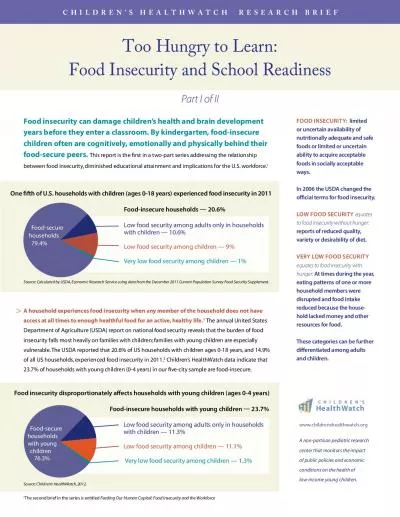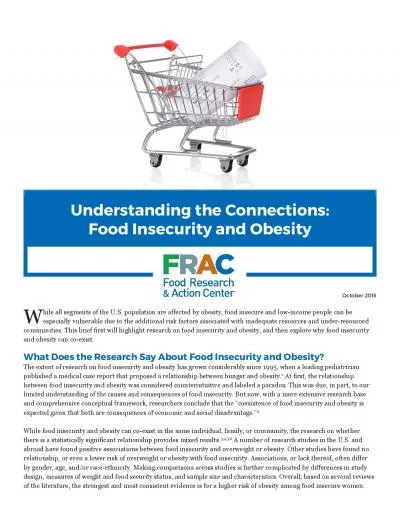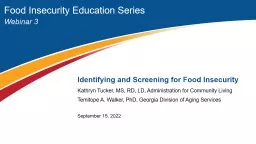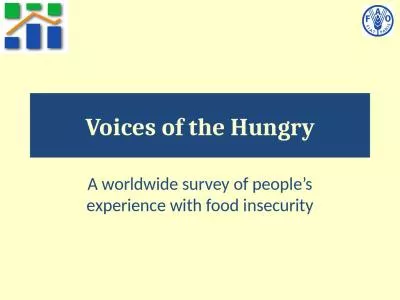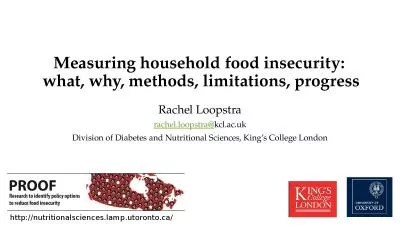PPT-Food Insecurity Among International College Students
Author : sherrill-nordquist | Published Date : 2018-11-06
Minhee Park 1 Jennifer Maguire 1 Megan Mefford 2 Youngsub Kwon 3 Humboldt State University 1 Social Work 2 Center for International Programs 3 Kinesiology
Presentation Embed Code
Download Presentation
Download Presentation The PPT/PDF document "Food Insecurity Among International Co..." is the property of its rightful owner. Permission is granted to download and print the materials on this website for personal, non-commercial use only, and to display it on your personal computer provided you do not modify the materials and that you retain all copyright notices contained in the materials. By downloading content from our website, you accept the terms of this agreement.
Food Insecurity Among International College Students: Transcript
Download Rules Of Document
"Food Insecurity Among International College Students"The content belongs to its owner. You may download and print it for personal use, without modification, and keep all copyright notices. By downloading, you agree to these terms.
Related Documents

